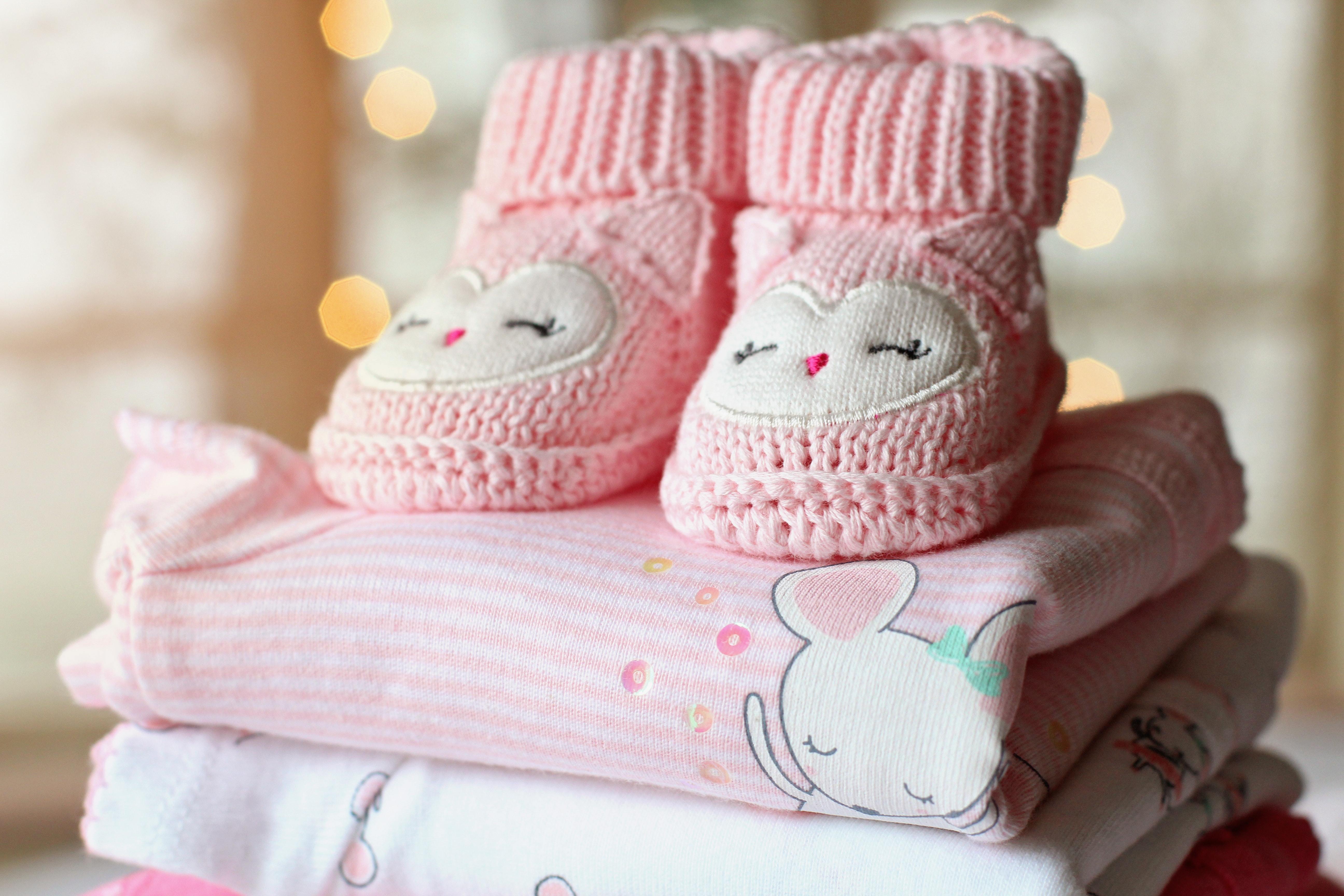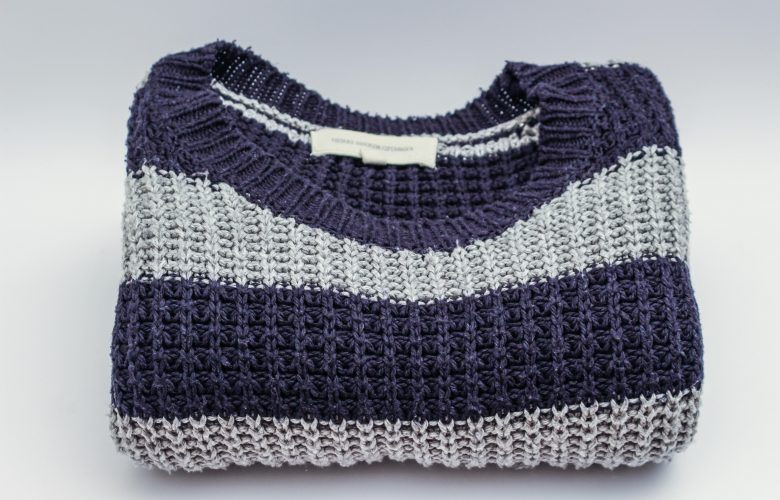There are so many reasons why you may want to store your clothes long-term.
Maybe it’s so you can store clothes that baby number 1 has outgrown so baby 2 can wear them in the future.

Or perhaps it’s as simple as the change in the seasons, and you’re fed up with wading through rows of floral dresses and denim shorts in a bid to reach that much-needed winter parka.
If you plan on storing your clothes away long-term, follow these tips to make sure they are in their best condition by the time you unpack them again!
Give Your Wardrobe A Spring Clean
Make your job easier by minimizing the pieces you have to tidy away.
It’s likely that your wardrobe will be packed with clothes that haven’t seen daylight for a couple of years. These unloved clothes have got to go before you go any further! If that ‘special occasion’ hasn’t happened over the past 2 years, what are the odds it’ll happen during the next two?
Sort your clothes into 3 categories: keep, donate, and recycle.
From your keep pile, decide what’s going back into the daily wardrobe and what’s going into storage. Now your task is going to be far more manageable.
Sewing Needles and Thread At The Ready
You may have a few items in your keep pile that is damaged.
Whether it’s a missing button or a slight tear, repair them now before storing them.
It’ll save you the annoyance of retrieving your clothes in a few months, only to realize you need to get the sewing kit out!
Clean And Dry
Nothing is worse than tracking down a pair of jeans or a top you want to wear and finding it stained or smelling… musty.
All these preparatory steps have your future self in mind, so be kind to yourself and wash your clothes before storing them.
Know the type of fabric your clothing item is made from so you can choose the correct cleaning method. For example, know what you need to know about cupro so you can use the correct cleaning method before storing the items long-term.
If the item requires dry cleaning, clean them before placing them in storage; otherwise, the stains could be set in the clothing.
Even if you feel the item is ‘clean enough,’ deodorant residue and perfume will leave stains if left untouched, attracting bacteria and bugs.
Make sure they are bone dry before packing them away, too, or they may develop mold and a rather unpleasant smell!
Lucky for present-day you – and not so lucky for your future self – there is no need to iron any of your belongings before storing them. They will get creased during storage anyway.
Polish up any shoes you don’t plan on wearing, stuffing them with tissue paper, so they keep their shape, and you’re good to go. Oh, one more thing, remember to leave the shoes out a while after polishing, ensuring that they too are dry as a crisp!
Take An Inventory
Taking stock of the clothes you’re about to store is a good idea by making a comprehensive inventory. This way, you’ll not forget what items you own and won’t buy duplicate items.
Your inventory should be a concise record that includes the name of the article of clothing, a brief description of its appearance, size, and where it is stored.
There’s nothing worse than going to pick up your winter jackets, and you haven’t a clue if they are in boxes 3, 7, or 33 all the way in the back. Taking inventory and marking boxes carefully will help you out when it comes to sourcing items when you need them.
Select Your Storage Solutions Carefully
Many hail the merits of vacuum bags as a space-saving option for storing clothes and bedding, but if you plan on storing your clothes long-term, this isn’t something you should use.
Vacuum bags prevent air flow, damaging the delicate fibers of natural materials like silk and wool and causing them to lose their structure.
You need a well-ventilated storage solution that keeps your clothes dry, dust-free, and away from pests.
For extra protection, plastic storage boxes are one of the best options for storing clothes, especially when lined with cotton sheets. Rolling the clothes rather than stacking piles of folded items will make the best use of the space, and your clothes won’t have the same harsh creased lines as when folded neatly.
When storing in boxes, be tactical and store the heaviest clothes on the bottom and the lightest on the top. Label the boxes with their contents and match this to your inventory.
Some items of clothing need to be hung. If you have clothing that falls into this category, use non-wire hangers and hang them on a rail that is covered with a breathable material sheet.
Another thing to avoid is mothballs! Natural wooden cedar balls are a much better alternative that smells better, is just as effective, and contains no harmful chemicals that harm children and animals. Place these balls at the top of your storage space rather than straight on top of clothes.
Storage Conditions

After sorting your clothes into storage containers or rails, the next step is to ensure these storage solutions are kept in the best conditions to protect your clothes in the long term.
You may have a large cupboard in your home, a basement, or an attic space, but these might not be the best options to ensure the longevity of your clothing.
Your clothes need to be kept in a cool, dry, dark place, and your home might not be able to provide this.
Self-storage units are a fantastic option. As well as offering security and free space in your home, they are generally climate-controlled, offering the best conditions to keep your clothes stored in.
Keep An Eye On Them
If you plan on keeping the clothes stored away for many months, you should check up on your clothes from time to time.
It’s not recommended that you store your clothes folded in the exact same way for the entire time they’re in storage.
Every few months, remove your clothes and refold them differently so that the creases don’t set.
Taking a look at the clothes on a semi-regular basis will help you monitor any potential damage to your clothes before it’s time to fully unpack them again.
Following these steps will streamline the storage process, ensuring you prepare your clothes well to survive long-term storage.
About the author
Carol is a freelance writer for Storage Vault Cambuslang and is absolutely bonkers about storage and productivity. If not writing lists, press releases, or blog articles — you can find her exploring the Scottish highlands with her Macbook and notepad, looking for inspiration and adventure.
